Mohamed Abuella
Spatial Clustering Approach for Vessel Path Identification
Mar 09, 2024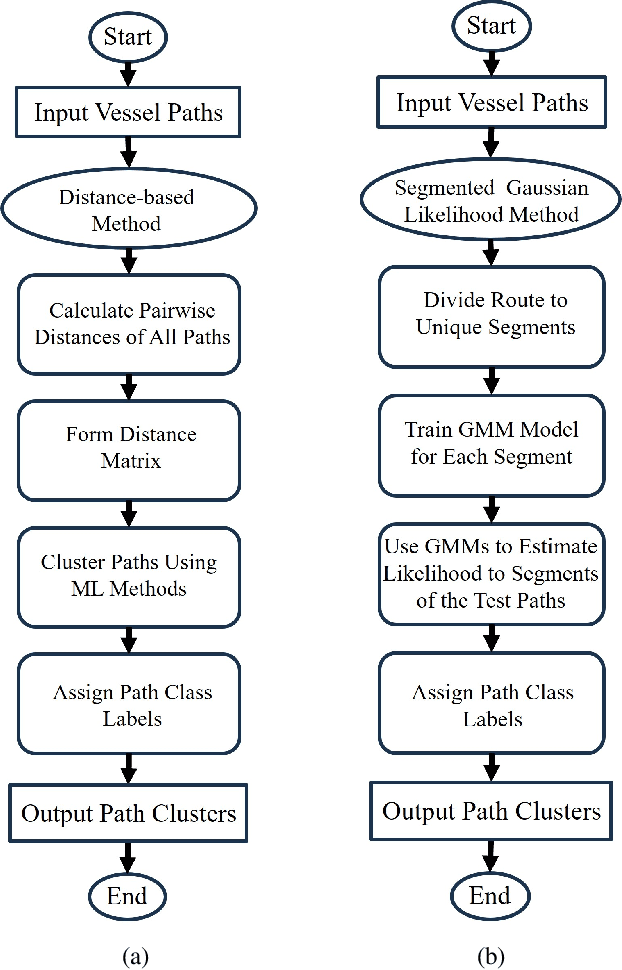
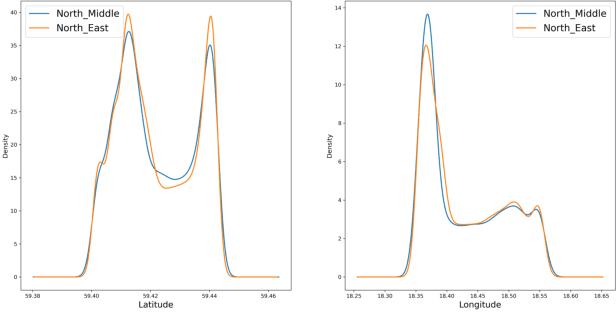
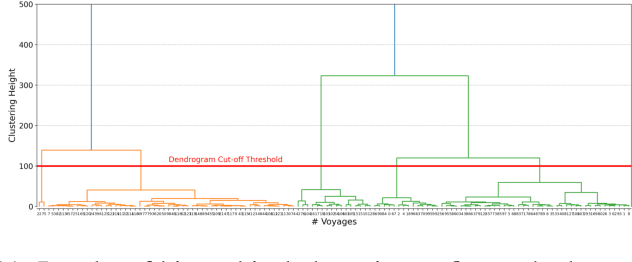
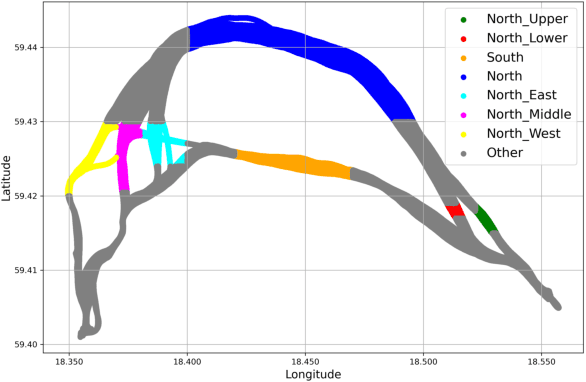
Abstract:This paper addresses the challenge of identifying the paths for vessels with operating routes of repetitive paths, partially repetitive paths, and new paths. We propose a spatial clustering approach for labeling the vessel paths by using only position information. We develop a path clustering framework employing two methods: a distance-based path modeling and a likelihood estimation method. The former enhances the accuracy of path clustering through the integration of unsupervised machine learning techniques, while the latter focuses on likelihood-based path modeling and introduces segmentation for a more detailed analysis. The result findings highlight the superior performance and efficiency of the developed approach, as both methods for clustering vessel paths into five classes achieve a perfect F1-score. The approach aims to offer valuable insights for route planning, ultimately contributing to improving safety and efficiency in maritime transportation.
Random Forest Ensemble of Support Vector Regression Models for Solar Power Forecasting
Apr 27, 2017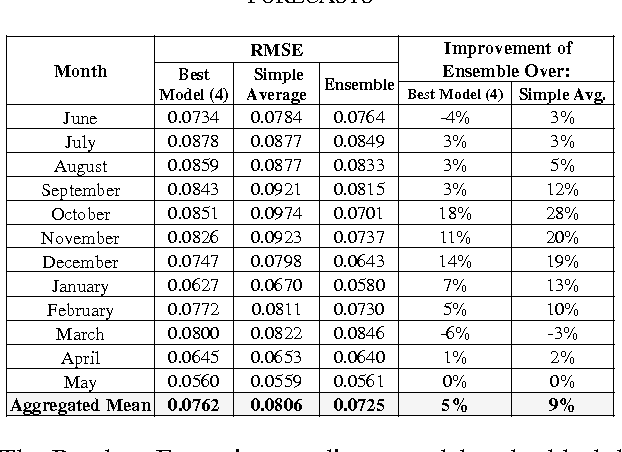
Abstract:To mitigate the uncertainty of variable renewable resources, two off-the-shelf machine learning tools are deployed to forecast the solar power output of a solar photovoltaic system. The support vector machines generate the forecasts and the random forest acts as an ensemble learning method to combine the forecasts. The common ensemble technique in wind and solar power forecasting is the blending of meteorological data from several sources. In this study though, the present and the past solar power forecasts from several models, as well as the associated meteorological data, are incorporated into the random forest to combine and improve the accuracy of the day-ahead solar power forecasts. The performance of the combined model is evaluated over the entire year and compared with other combining techniques.
Solar Power Forecasting Using Support Vector Regression
Mar 29, 2017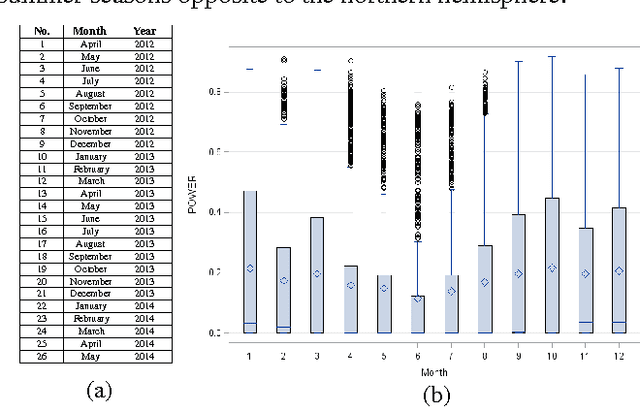
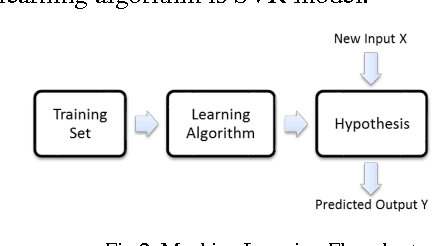

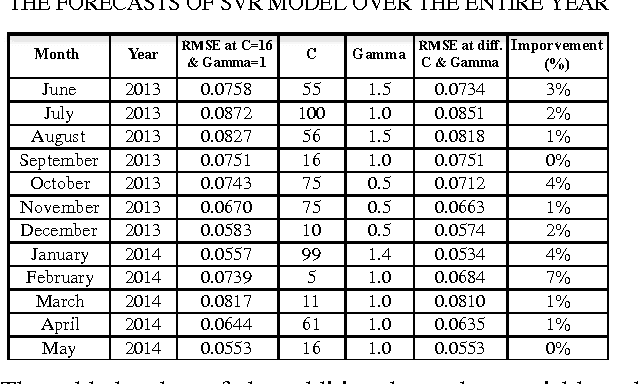
Abstract:Generation and load balance is required in the economic scheduling of generating units in the smart grid. Variable energy generations, particularly from wind and solar energy resources, are witnessing a rapid boost, and, it is anticipated that with a certain level of their penetration, they can become noteworthy sources of uncertainty. As in the case of load demand, energy forecasting can also be used to mitigate some of the challenges that arise from the uncertainty in the resource. While wind energy forecasting research is considered mature, solar energy forecasting is witnessing a steadily growing attention from the research community. This paper presents a support vector regression model to produce solar power forecasts on a rolling basis for 24 hours ahead over an entire year, to mimic the practical business of energy forecasting. Twelve weather variables are considered from a high-quality benchmark dataset and new variables are extracted. The added value of the heat index and wind speed as additional variables to the model is studied across different seasons. The support vector regression model performance is compared with artificial neural networks and multiple linear regression models for energy forecasting.
 Add to Chrome
Add to Chrome Add to Firefox
Add to Firefox Add to Edge
Add to Edge